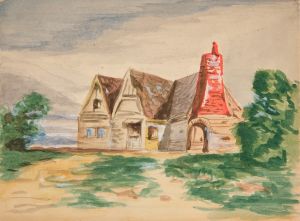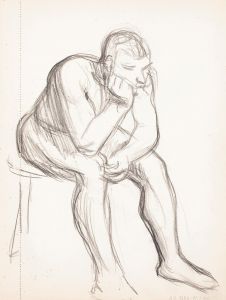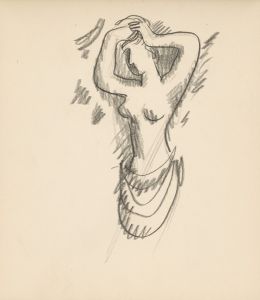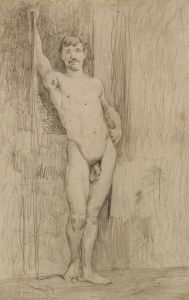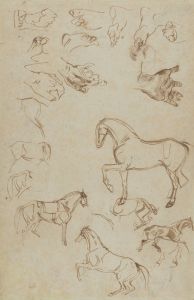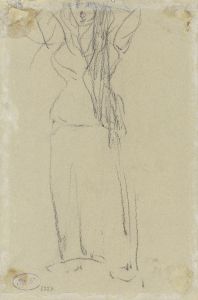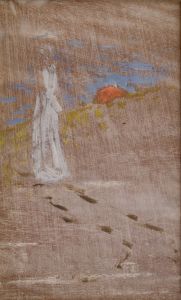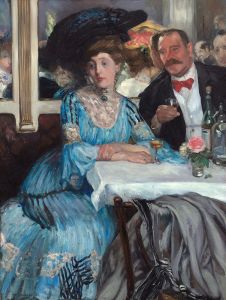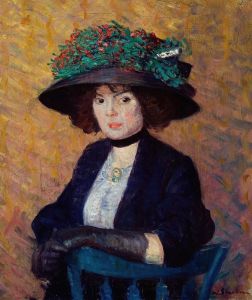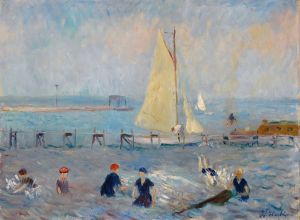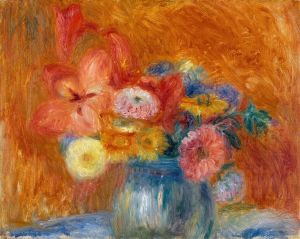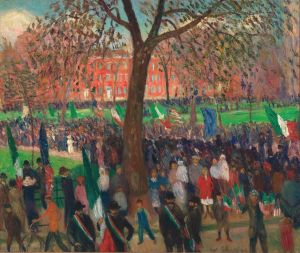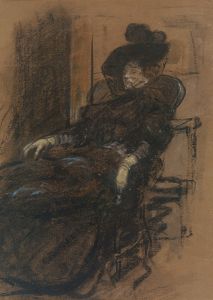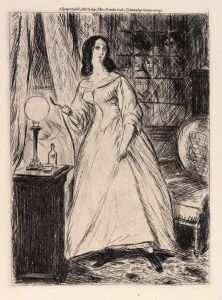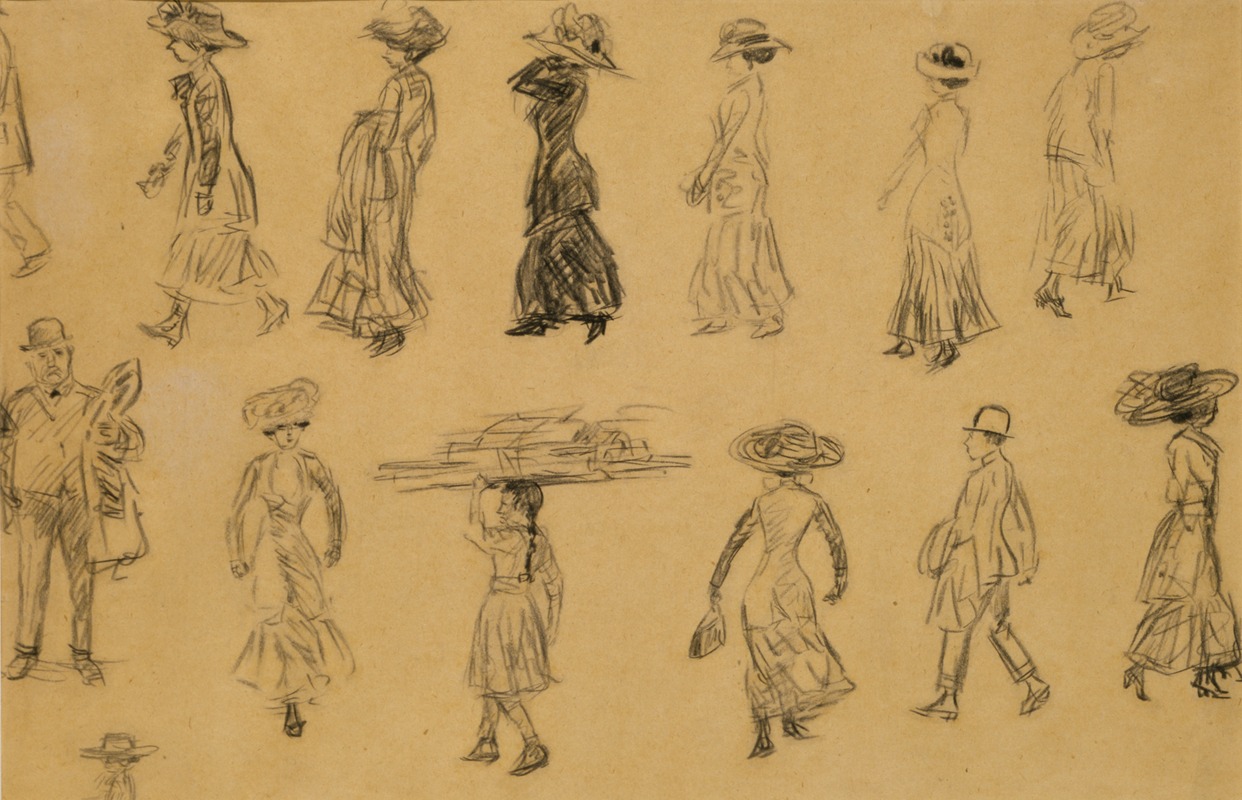
Figure Sketches No. 2
A hand-painted replica of William James Glackens’s masterpiece Figure Sketches No. 2, meticulously crafted by professional artists to capture the true essence of the original. Each piece is created with museum-quality canvas and rare mineral pigments, carefully painted by experienced artists with delicate brushstrokes and rich, layered colors to perfectly recreate the texture of the original artwork. Unlike machine-printed reproductions, this hand-painted version brings the painting to life, infused with the artist’s emotions and skill in every stroke. Whether for personal collection or home decoration, it instantly elevates the artistic atmosphere of any space.
William James Glackens was an American painter and a prominent member of the Ashcan School, a group of artists known for their depictions of everyday life in New York City during the early 20th century. Glackens, born in 1870 in Philadelphia, Pennsylvania, was a contemporary and friend of artists such as Robert Henri and John Sloan. He is often celebrated for his vibrant use of color and his ability to capture the essence of urban life.
"Figure Sketches No. 2" is one of Glackens' works that exemplifies his interest in the human form and his skill in figure drawing. While specific details about this particular piece are scarce, it is consistent with Glackens' broader body of work, which often included sketches and studies that focused on the human figure. These sketches were typically preparatory works that helped him explore composition, form, and movement, which he would later incorporate into his larger, more detailed paintings.
Glackens' approach to figure drawing was influenced by his early career as an illustrator for newspapers and magazines, where he developed a keen eye for capturing the dynamism and immediacy of human activity. His sketches often reflect a sense of spontaneity and fluidity, characteristics that became hallmarks of his style. This ability to convey movement and life in his drawings was a significant aspect of his contribution to the Ashcan School, which sought to portray the realities of modern urban life.
The Ashcan School, active in the early 20th century, was known for its focus on depicting scenes of everyday life, often highlighting the grittier aspects of city living. Glackens, however, was somewhat distinct within the group for his use of brighter colors and more lighthearted subjects. While his contemporaries often focused on the harsher realities of urban existence, Glackens was more inclined to capture the vibrancy and energy of city life, which is reflected in his figure sketches.
Throughout his career, Glackens was also influenced by European art movements, particularly Impressionism. His travels to Europe exposed him to the works of artists like Pierre-Auguste Renoir, whose use of color and light had a lasting impact on Glackens' style. This influence is evident in the way he approached both his paintings and sketches, infusing them with a sense of liveliness and warmth.
"Figure Sketches No. 2," like many of Glackens' works, would have served as a study in form and composition, allowing him to experiment with different poses and arrangements. These sketches were crucial to his artistic process, providing a foundation for his more elaborate compositions. Although specific information about this particular sketch is limited, it is representative of Glackens' broader artistic interests and his commitment to capturing the human experience through art.
In summary, while detailed information about "Figure Sketches No. 2" is limited, it can be understood within the context of William Glackens' overall oeuvre. His work, characterized by a vibrant palette and a focus on the human figure, reflects his background as an illustrator and his engagement with both American and European artistic traditions. Through his sketches and paintings, Glackens contributed significantly to the Ashcan School and the broader landscape of American art in the early 20th century.





